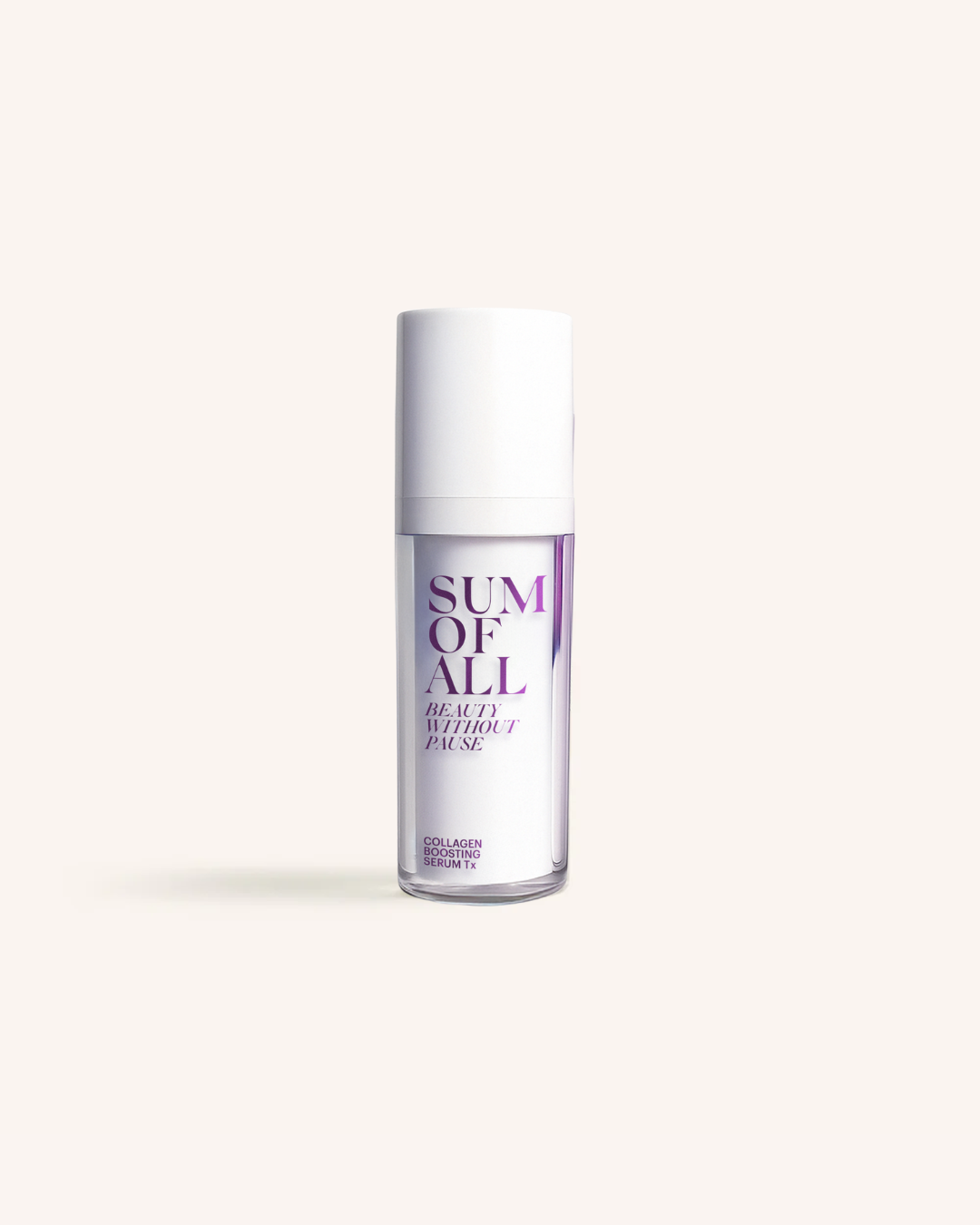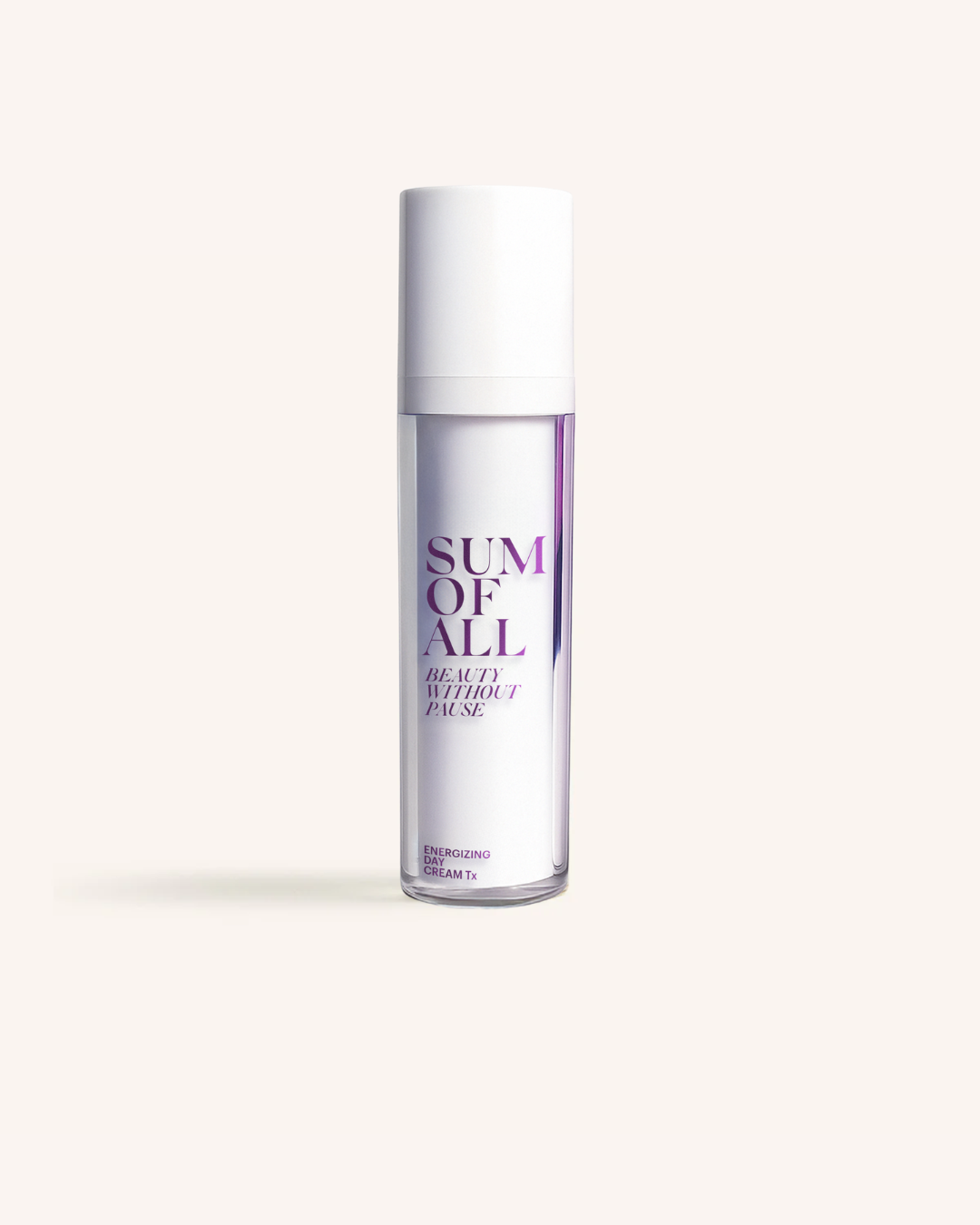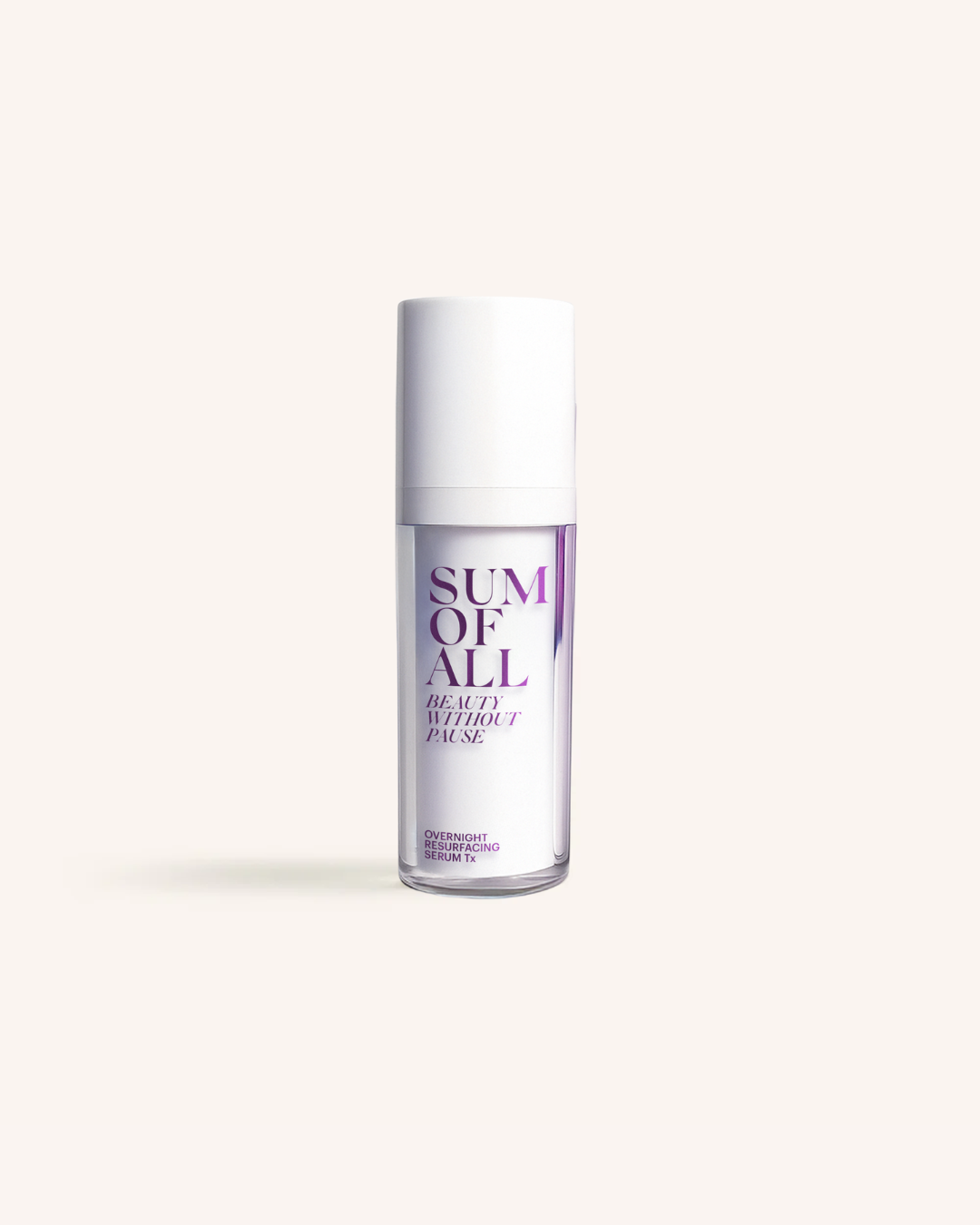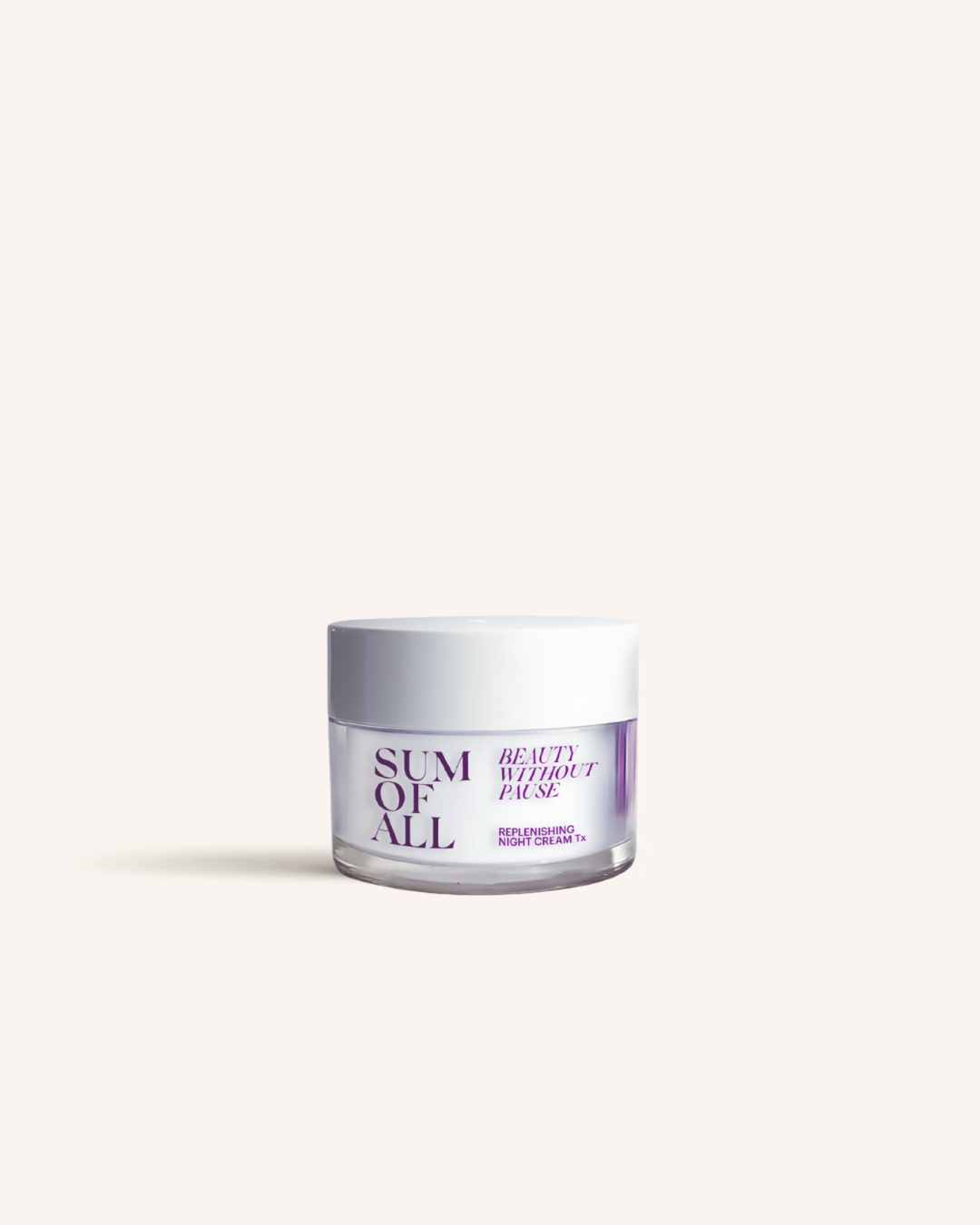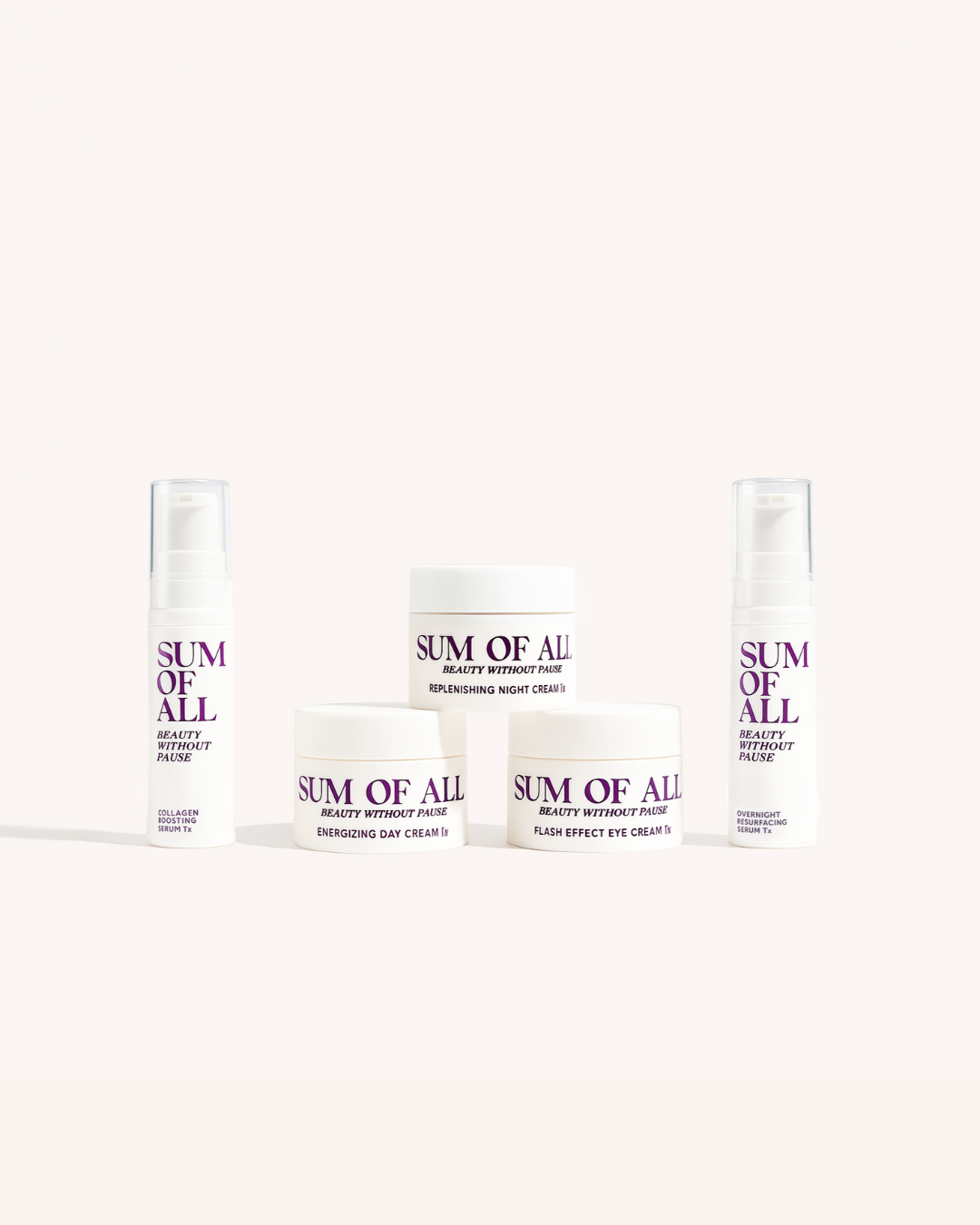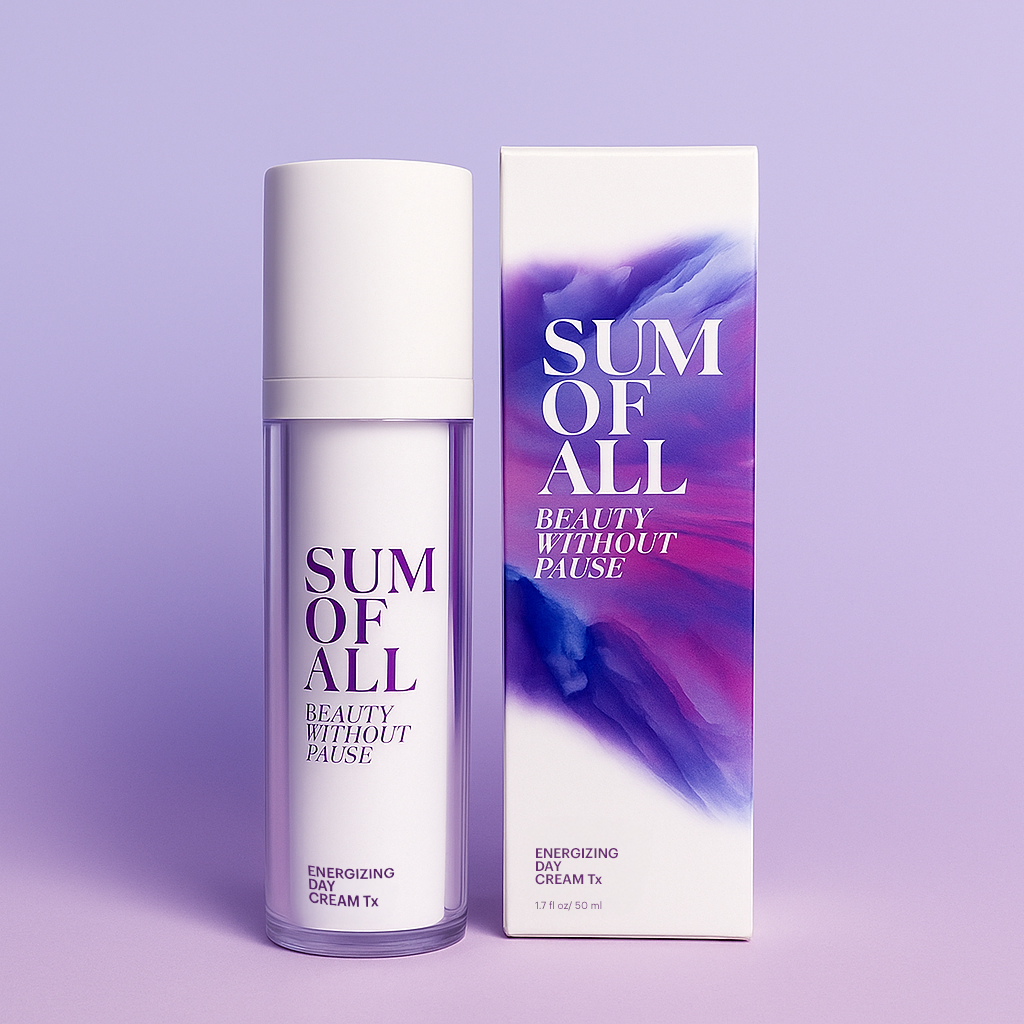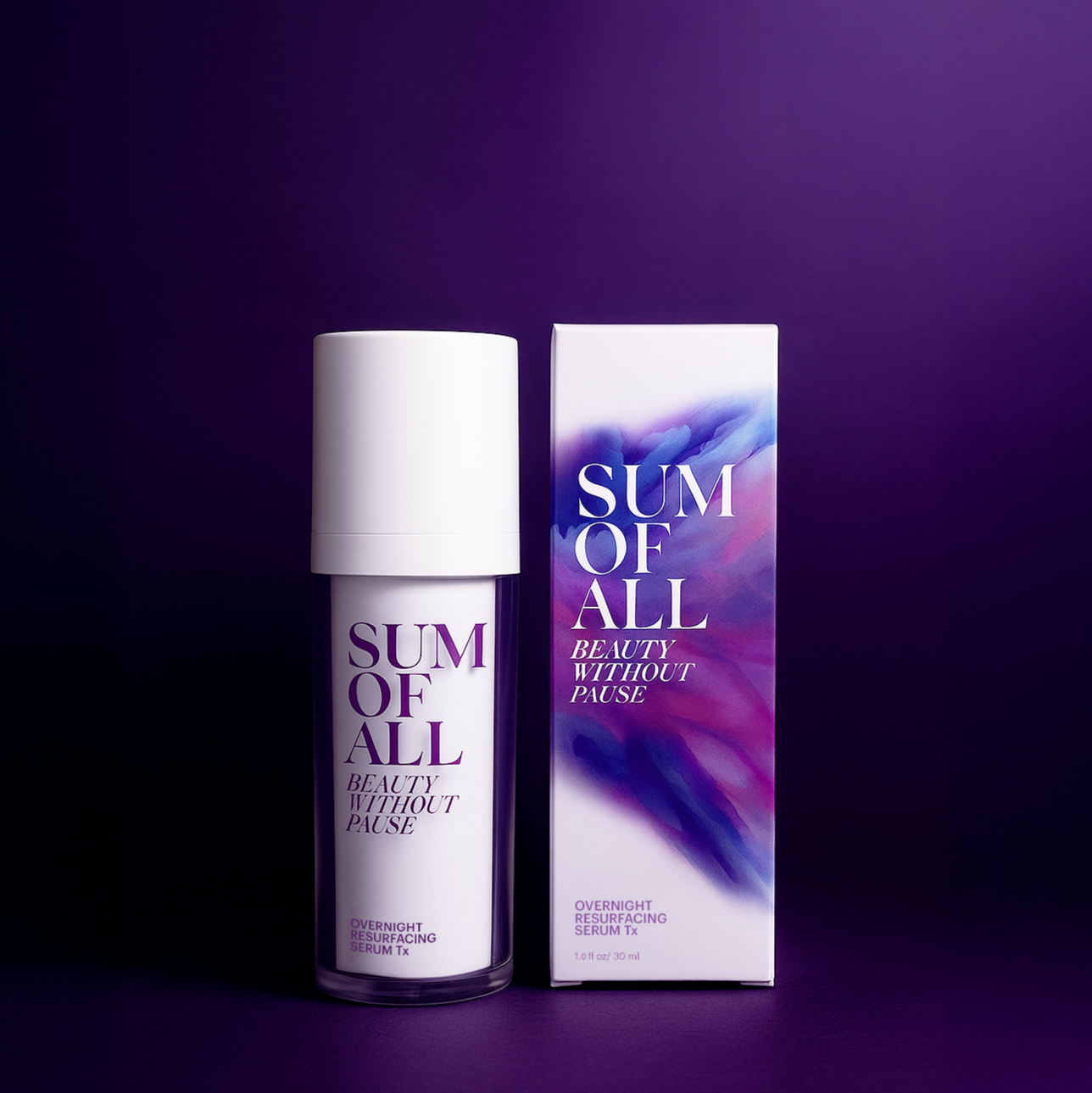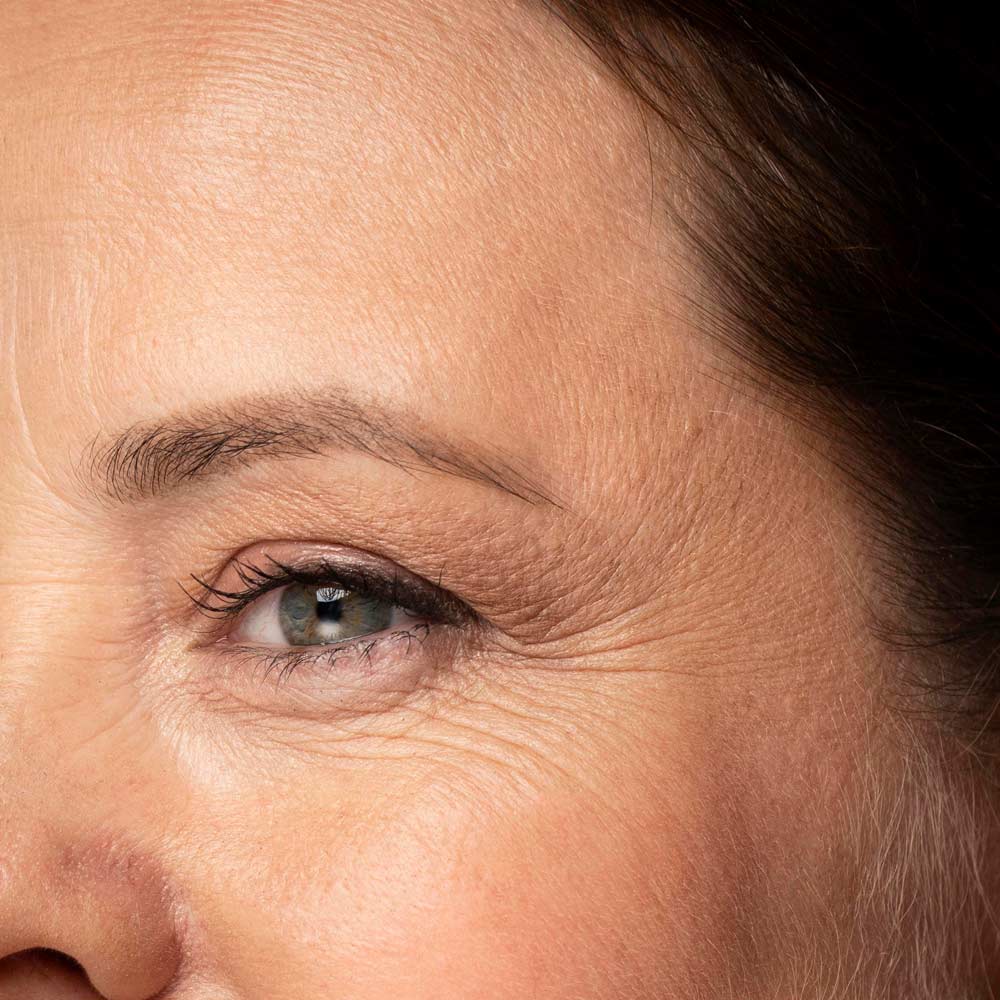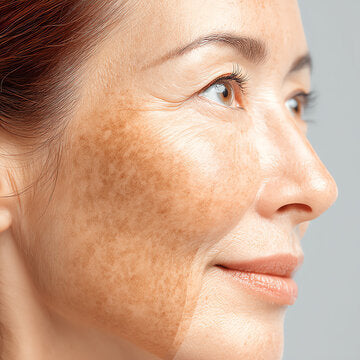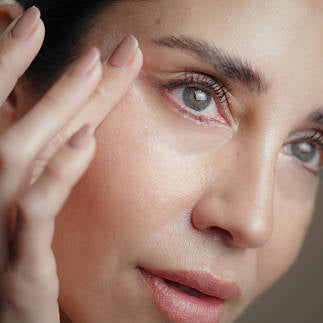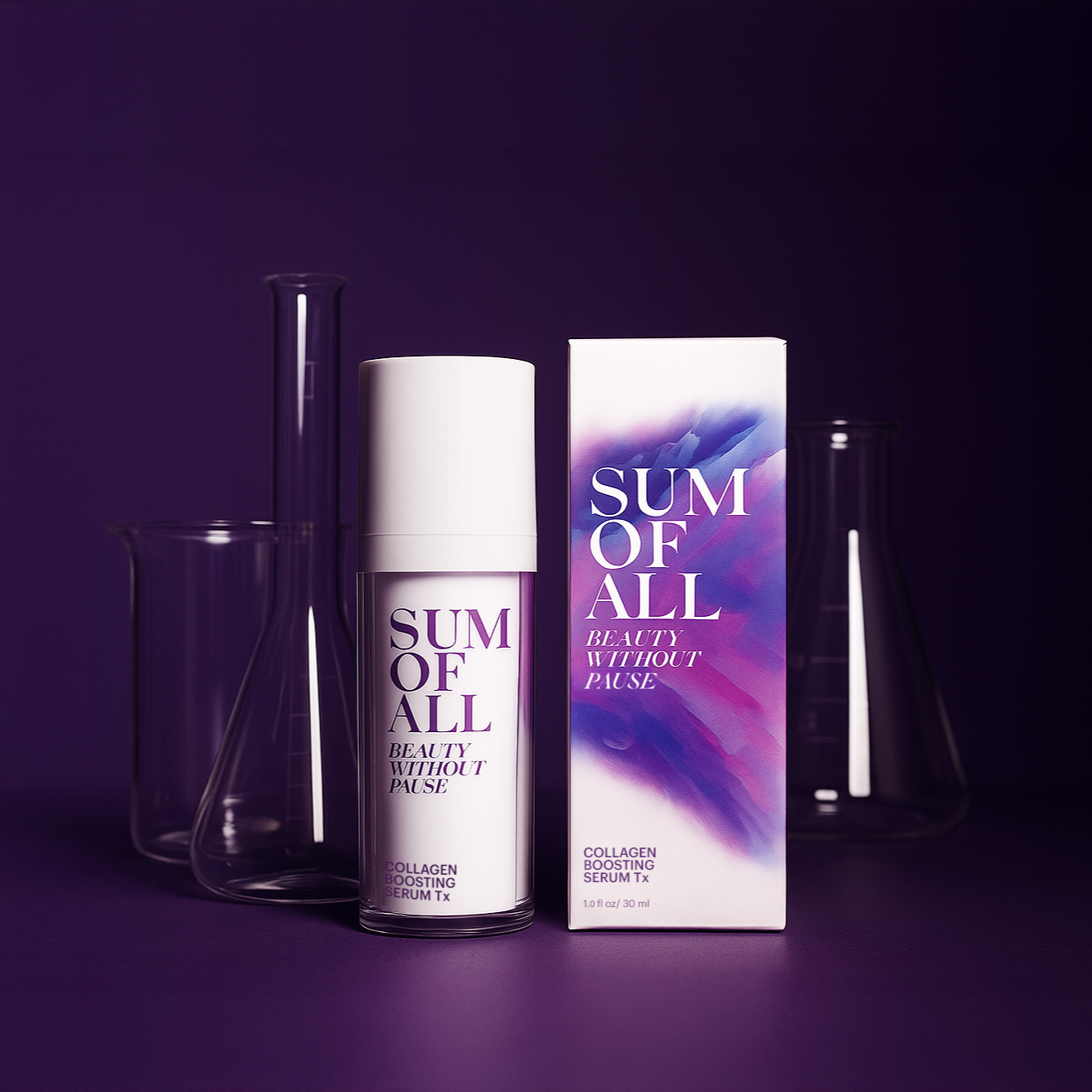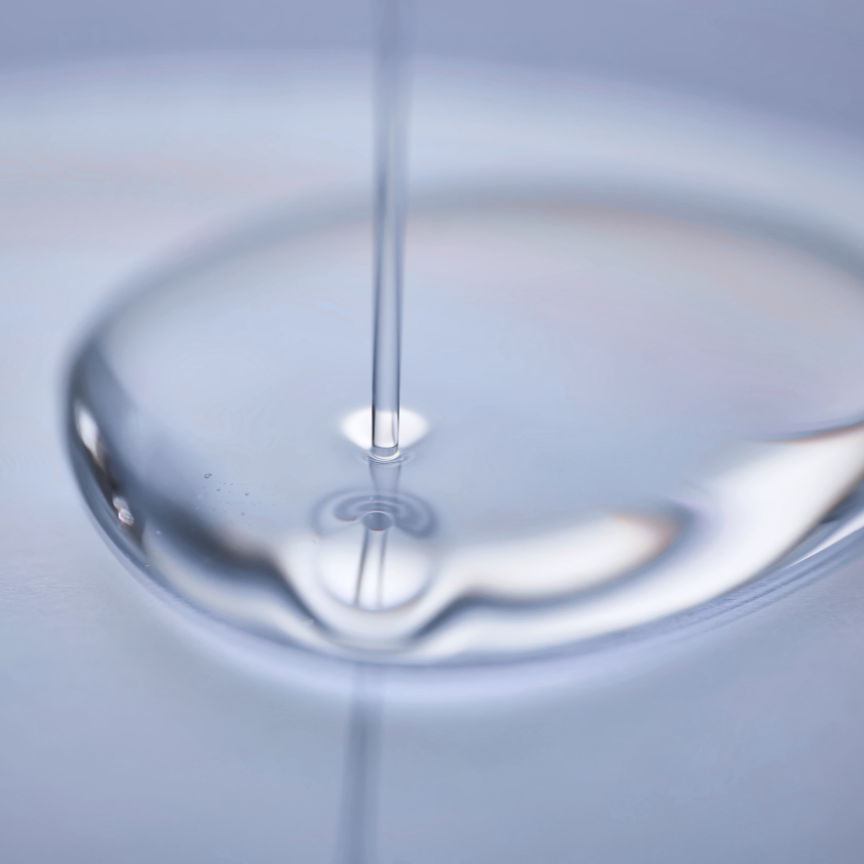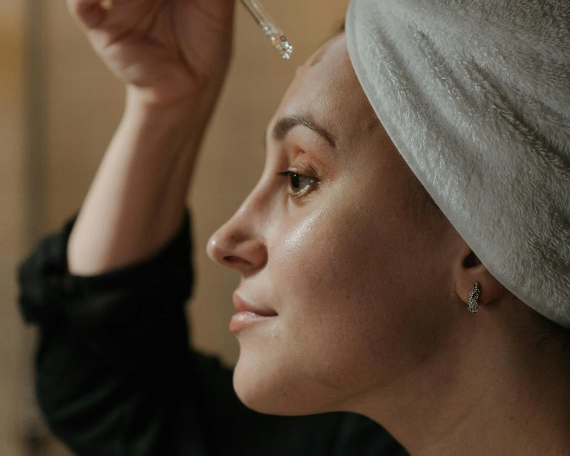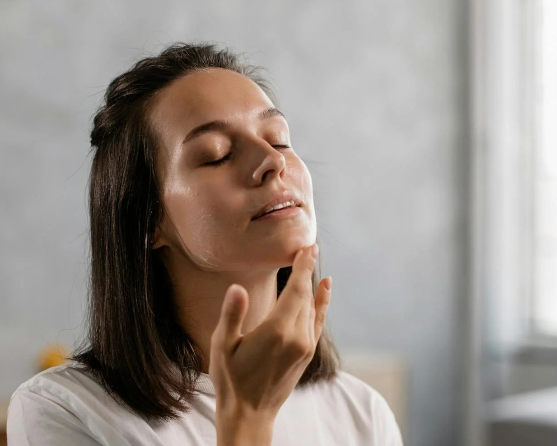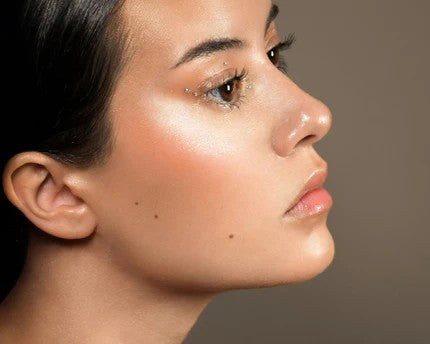Glow-Up for the Holidays: Your 5-Step Skin Revival Guide for Radiant Skin
The holiday season was drawing near, and the excitement in the air was undeniable. It wasn’t just the music, the lights, or the festive decorations, it was the feeling of anticipation, the thought of family gatherings, cozy nights by the fire, and endless celebrations. But as the excitement built, I couldn’t help but notice something: my skin wasn’t quite keeping up with the energy of the season.
Winter had already made its mark. The crisp air had left my skin feeling dry, tight, and, honestly, a little lackluster. As I began to prepare for the holidays, I realized my skin needed a reset before it could shine like the rest of the season.
I decided that this holiday season, I wasn’t just going to wear my best dress, I was going to glow from the inside out. So, I created a 5-step skin revival guide to restore my natural radiance and get my skin holiday-ready. And if you’re finding yourself in the same boat, ready to refresh your complexion, this guide is for you.
Step 1: Hydrate, Hydrate, Hydrate
It all began with hydration. One morning I noticed my skin had become parched, the cold, dry air had left it rough and dull. So, I started replenishing moisture both inside and out. Drinking water helped, but topical hydration made the difference. I reached for a moisturizer with hyaluronic acid, an ingredient that draws and retains water in the skin. Clinical research shows topical hyaluronic acid can increase skin hydration by over 130% immediately after application and maintain improved smoothness and plumpness for weeks. Reviews also confirm its strong record for improving hydration and elasticity without irritation.
Pro Tip: Apply a hydrating serum first, then seal with your moisturizer to keep your skin soft and supple all day.
Step 2: Exfoliate for Smooth, Glowing Skin
Even after restoring hydration, my skin still lacked brightness. That’s when I turned to gentle exfoliation. Instead of scrubbing, I used a mild glycolic acid exfoliant, one of the most effective alpha-hydroxy acids for improving texture and radiance. Within a day, my skin looked fresher and smoother.
Pro Tip: Exfoliate only once or twice a week. Over-exfoliating can damage the skin barrier and cause redness.
Step 3: Don’t Skip Sunscreen (Even in Winter!)
One of the biggest misconceptions is that sunscreen is only for summer. In reality, UV rays are present year-round and contribute to collagen breakdown and pigmentation, even when it’s cloudy. Research confirms that consistent sunscreen use prevents photoaging and preserves collagen integrity. I made it a habit to apply SPF 30 or higher daily. Combining sunscreen with antioxidants like vitamin C gives enhanced protection against UV and blue-light damage.
Pro Tip: A tinted sunscreen adds instant glow while shielding against sunlight and screen exposure.
Step 4: Brighten and Revive Dull Skin with Vitamin C
Even with hydration and protection, I wanted my complexion to truly glow. Enter vitamin C, a dermatologist-approved antioxidant that brightens skin, improves tone, and supports collagen synthesis. Studies show that vitamin C helps fade hyperpigmentation, improve wrinkles, and protect against oxidative stress. Harvard dermatologists note that regular use visibly improves skin texture and radiance over time.
Pro Tip: Apply vitamin C in the morning before sunscreen, together, they provide maximum antioxidant and UV protection.
Step 5: Nighttime Reset with a Rich Moisturizer
Finally, I gave my skin time to repair overnight. I swapped my lighter day cream for a rich night cream containing encapsulated retinol, a proven ingredient for boosting collagen and cell turnover. Clinical studies show that even low-strength retinol (0.3%) significantly improves fine lines, pigmentation, and elasticity over 12 weeks and that long-term use reduces visible signs of aging. Because SUM OF ALL’s Replenishing Night Cream uses encapsulated retinol, the retinol is released gradually for gentler, more effective results, ideal for midlife or sensitive skin.
Pro Tip: If you’re new to retinol, start two nights per week, then increase gradually. Always apply sunscreen the following morning.
FAQs
How often should I exfoliate? Once or twice a week is ideal to maintain glow without disrupting the skin barrier.
Can I use a brightening serum daily? Yes. Vitamin C can be applied every morning; just remember to follow with sunscreen.
Should I change my skincare in winter? Absolutely. Switch to richer moisturizers, layer hydrating serums, and keep up with daily SPF.
How do I get glowing skin for the holidays? Hydrate, exfoliate gently, use vitamin C in the morning, encapsulated retinol at night, and never skip sunscreen.
Final Words
By the time the festivities arrived, my skin felt revived, hydrated, bright, and smooth. With these five simple steps, I’d restored its natural radiance. Healthy, glowing skin doesn’t happen overnight, it’s the result of consistent, thoughtful care. So, as you prepare for the holidays, give your skin the gift of renewal and step into every celebration radiant and confident.
Sources
Pavicic, T., et al. (2021). Efficacy and Safety of a Hyaluronic Acid Serum in Skin Hydration and Wrinkle Reduction. Clinical, Cosmetic and Investigational Dermatology. View Study
Fouladgar, M., & Moradi, S. (2023). Role of Hyaluronic Acid in Skin Hydration and Rejuvenation. Journal of Cosmetic Dermatology. View Study
American College of Osteopathic Family Physicians (2024). Vitamin C, Topical Retinoids, and Sunscreen in Clinical Practice. View Study
Telang, P. S. (2017). Vitamin C in Dermatology. Indian Dermatology Online Journal. View Study
Harvard Health Publishing (2021). Why Is Topical Vitamin C Important for Skin Health? View Article
Mukherjee, S., et al. (2006). Retinoids in the Treatment of Skin Aging: An Overview of Clinical Efficacy and Safety. Clinical Interventions in Aging. View Study
La Rosa, C., et al. (2019). A Clinical Anti-Aging Comparative Study of 0.3% vs. 0.5% Retinol Formulations. Skin Pharmacology and Physiology.
Read more

At SUM OF ALL, we believe true sophistication lies in simplicity - not minimal for the sake of aesthetics, but purposeful simplicity that amplifies function, clarity, and care. Our design philosoph...

Menopause is a time of significant change, not just hormonally but for your skin as well. As estrogen declines, your skin produces less collagen, hydration levels drop, and common concerns like dry...


